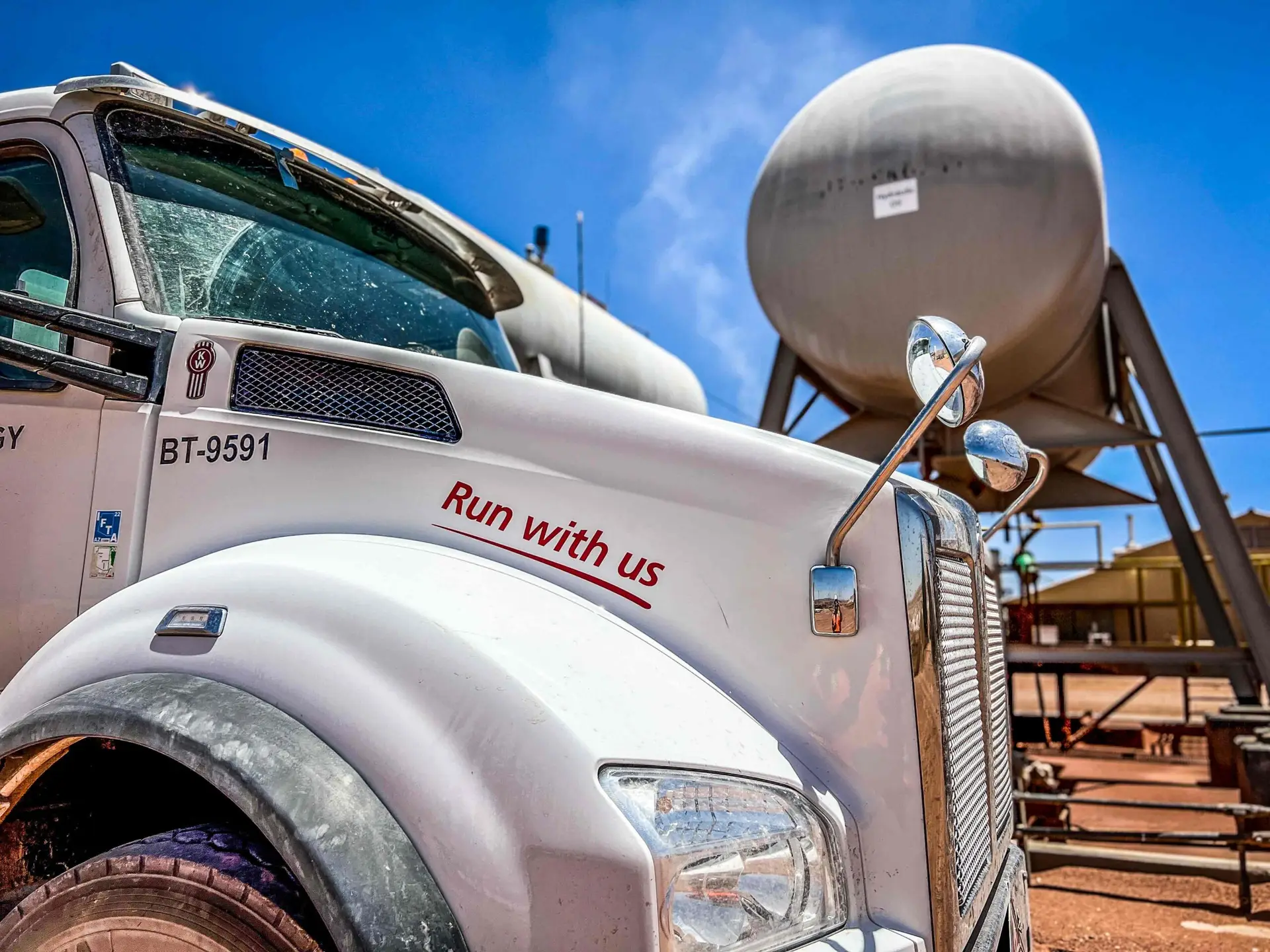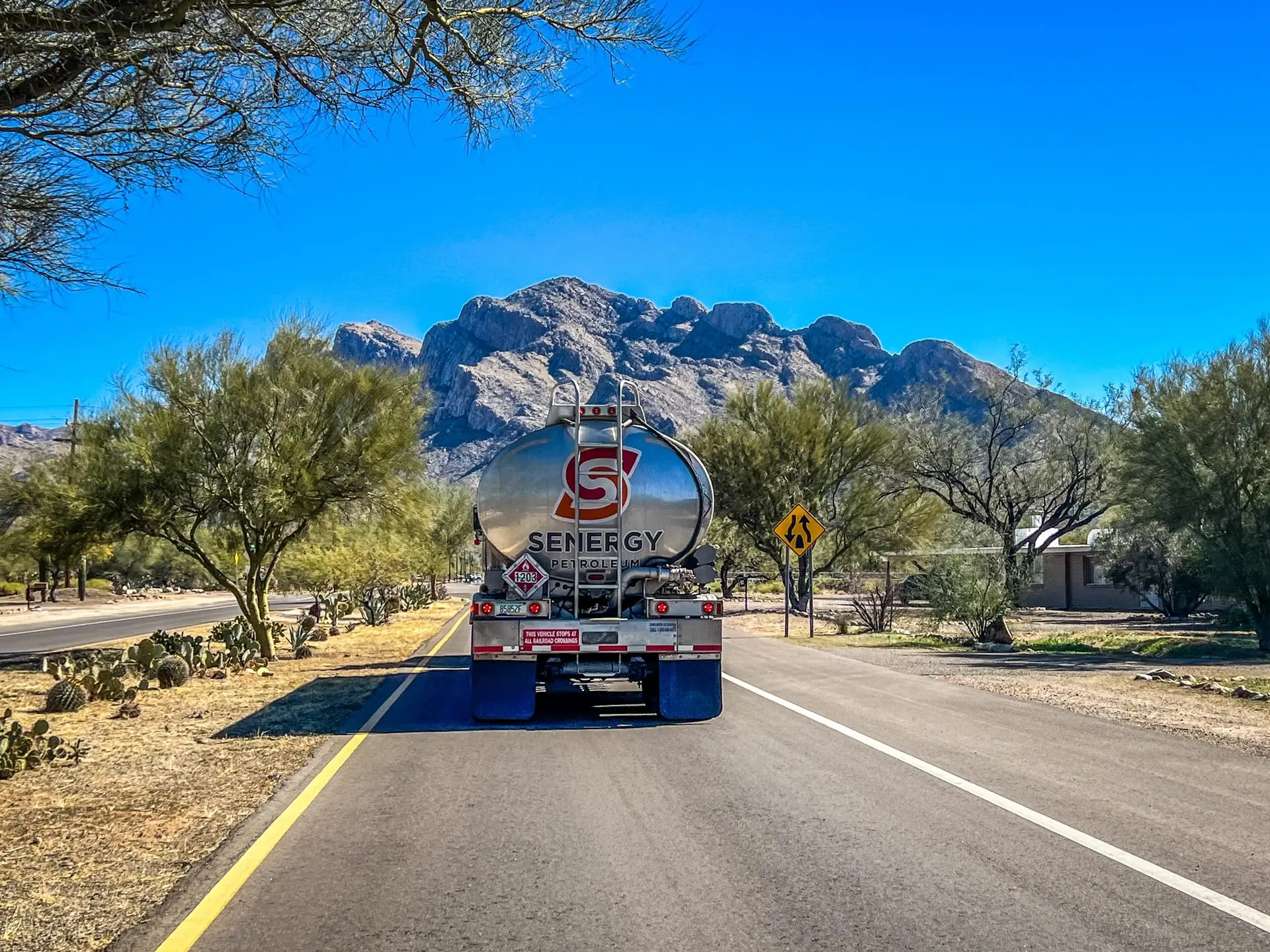Off-road diesel, also known as red-dyed diesel, is specially marked for non-highway use. This fuel is chemically identical to standard diesel but is dyed red to indicate its tax-exempt status. The red color signifies that the fuel is intended exclusively for specific applications, such as construction equipment, agricultural machinery, and other off-road vehicles.
Using off-road diesel outside its designated purpose can lead to serious legal consequences. It’s essential to fully understand and comply with off-road diesel regulations to avoid unnecessary complications and financial penalties.





